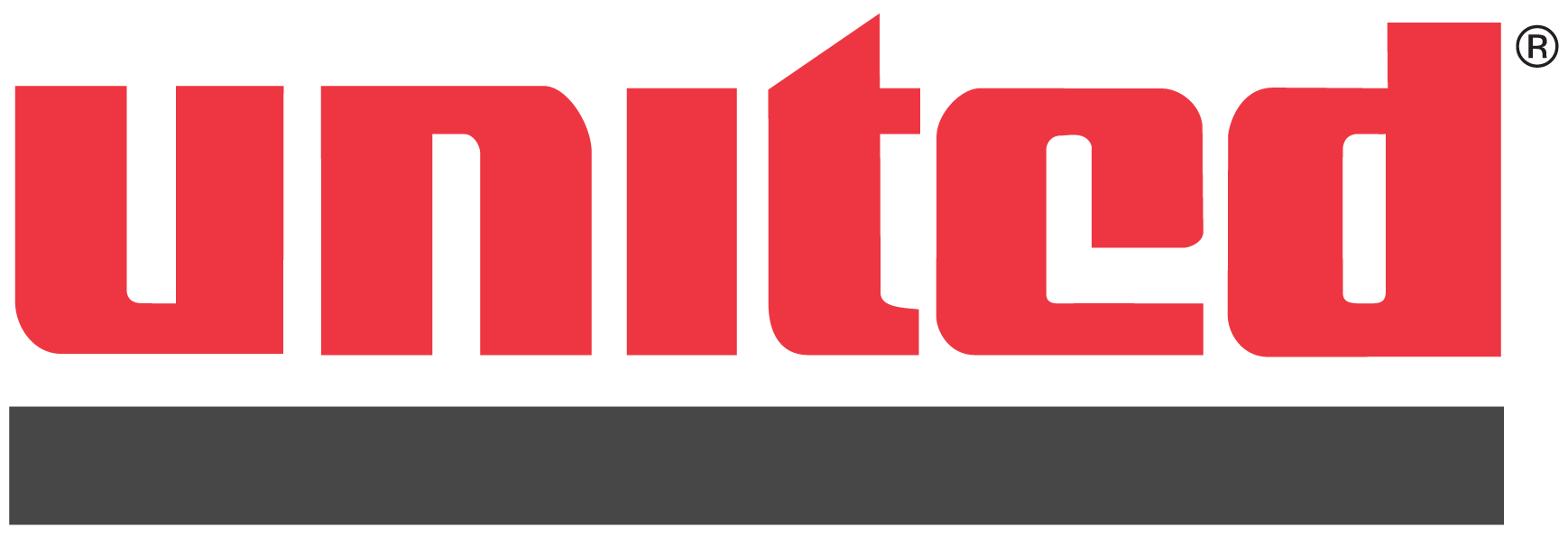The page you were looking for cannot be found at this address. Please contact us if you need assistance.

USA (HQ)
135 Turner Drive
Durango, CO 81303
Tel: 970.259.0354
Fax: 970.259.0356
Email: [email protected]

Chile
Santiago, Chile
Tel: +56 2 22074966
Email: [email protected]

Canada
Edmonton, Alberta
Tel: 780.440.1188
Email: [email protected]
